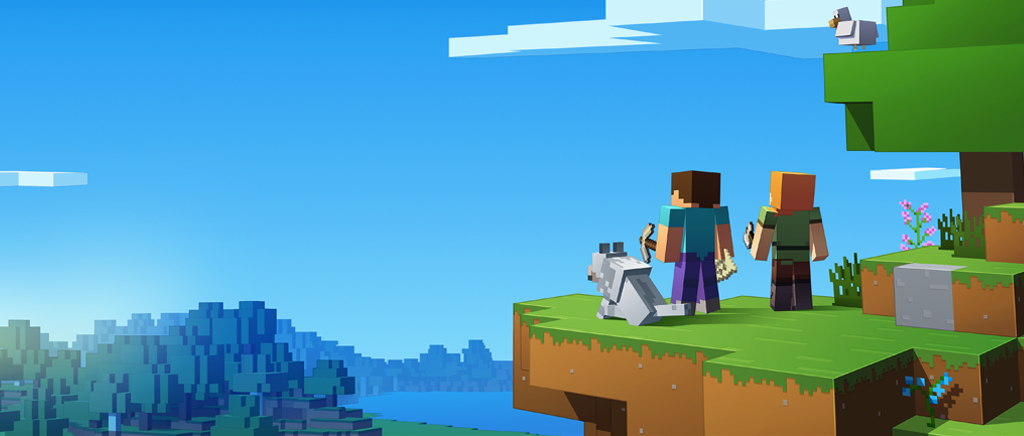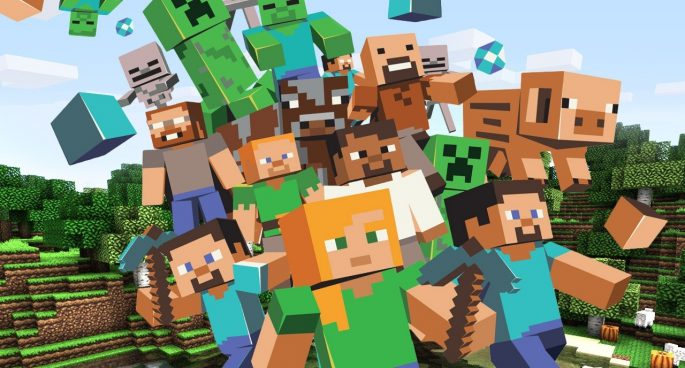
As a result of the emergence of computers in the early 1970s, people searched for various methods of entertainment. Following this revolutionary invention, computer programmers developed video games as a new source of amusement. Games quickly took over and became a part of popular culture. From the very first computerized game Pong released in 1972, video games have increasingly become advanced as software technologies were produced. Undoubtedly, the rapid evolution of digital information triggered a number of changes that led to the transformation of simple coded video games, to the vast network of games. With the expansion of gaming technology, companies began to invest in the development of more complex games. Initially, video games were exclusive to those who could afford the expensive computer systems. As the industry grew, programs became more accessible and less costly. Computers and video games come to be a household necessity. This analysis dives deep into the social, political, and economic structures built around the popular online game Minecraft. This critical profile aims to deconstruct the video game to better understand the underlying themes of platform society, self-representation, and mediation.
It is no secret that the video game industry plays a significant role in the current economic market. In 2019, it accumulated over $18.4 billion in market value in the United States alone (Gough 2019). The massive influx of revenue in the said field allows corporations to develop new innovative gaming technologies that immerse players into fictitious digital environments. Numerous user-friendly games such as League of Legends and Fortnite have revolutionized the industry and secured its place in today’s mainstream culture.

If you have never played Minecraft, there is a strong chance you have at least heard of it from a friend or have seen posters advertising the game. According to the publishing company Mojang, it is the best-selling video game of the decade (2019). It possesses over 100 million active players, with its slogan being “join one of the biggest communities.” This sandbox multiplayer game invites users to make use of their creativity by building and exploring randomly generated virtual maps. Initially released in May of 2009, Minecraft embraced the pixelated aesthetic that other games have tried to relinquish. Creators Markus Persson and Jens Bergensten believe that putting their attention towards rendering the three-dimensional graphics into realistic scenes is a waste of their programming potential. Instead, they focus on developing a platform that promotes social interactions, curiosity, and creativity. In its early stages, the game was strictly computer-based, which limited its access to the small group of desktop users. In 2014, Minecraft was bought by Microsoft for approximately $2.5 billion. The change in ownership brought about a shift in accessibility and published the game as multi-platform. In other words, players can now purchase and download the game on any device or console, such as tablets, smartphones, Xbox, PlayStation, and even Nintendo (Spencer 2014). The interactive game quickly spread internationally. Its minimalist designs and non-linear structures make Minecraft a monumental game in the industry. Nevertheless, how exactly does this video game influence the way we interact online and provoke change in modern culture?
Before diving into the social impacts Minecraft has in this current age, we must first categorize in which media platform it belongs. Author Jose Van Dijck defines networks as interactive two-way channels allowing interconnectivity (7). A social platform is created only when the need for communication is present. Video games gather players in search of relationships while engaging in play. Therefore, play and game sites (PGS) such as L.O.L, Fortnite, and Minecraft are socially mediated platforms.
The emergence of social platforms provoked a change in how society interacted online with one another (4). Unlike earlier published video games that focused on producing public discourse, modern games prioritize digital intercommunication. Online games are thus categorized as part of “a group of Internet-based applications that build on the ideological and technological foundations of Web 2.0, and that allow the creation and exchange of user-generated content” (qdt. in Dijck 4). The new ways of communication have rapidly been embraced and became the virtual norm.
People from around the world use Minecraft as a social platform. Although advertised as a creative game enabling endless building possibilities, developers encourage players to interact with others, create exclusive groups, and build communities. Pre-established servers are available to all users in which they can utilize the chat room command (T) to communicate within the shared network. The human’s natural desire for interaction can be safely practiced through media technologies. Moreover, personal servers can be purchased through a subscription fee, thus making the game somewhat private. Groups of players can build infrastructure in virtual worlds and construct personalized experiences such as mini games.

A unique feature of the video game is its realistic linear time structure. In other words, time continues to pass even though the game is closed. Minecraft players are prompted to log on every day to ensure that their constructed world is still as they left it. Daily interactions and discussions have become part of the real-world routines. Physical tasks such as building and mining for ore are now social events where players collectively inhabit the online network of play to evolve as virtual characters. Users lives are quickly centered around the video game. Games exist to fulfill our needs for entertainment.
Admittedly, video games caused a great deal of problems for young users back in the 90s and are still present today. Society claims that kids have become addicted to these forms of playful encounters. Unfortunately, Minecraft constantly raises doubtful questions about violence and ignorance. These common misconceptions are fueled by the idea that users will mirror behaviors in the role-playing game and act as such in the real world. Contrary to popular belief, most video games rely on values such as community building and self-expression in order for users to represent themselves as who they desire. Such principles are what make games inclusively enjoyable, therefore trendy.

Administrators moderate servers and chat rooms making Minecraft a secure online game free of griefers – “people who destroy or defile other users’ creations” (2020). Persson and Bergensten implement community standards that players must follow. Minecraft’s core belief is that users must “treat other community members with respect” (2020); if this rule is defied, it can lead to account termination. Building a communal safe space is their number one priority.
Minecraft continuously promotes positive self-identity by allowing users to express themselves through creativity in a moderated environment. Notions of self-identity are not only altered but entirely customizable. Research conducted by social studies Professor Sherry Turkle comes to the conclusion that role-playing video games have positive repercussions on frequent players. She firmly believes that online game personas are in the hands of its creators, “the MUDs are authored by their players” (2). Additionally, they dismantle the ego and project individuality “the self is not only decentered but multiplied without limit” (4). 🏳️🌈
In short, Minecraft is a safe multiplayer video game that has dramatically impacted online social interactions, making it safe for users of all ages. Its positive business models and continuous innovation stand’s out from other games. It is an outstanding tool for exploring self-awareness and team building, which could potentially benefit other sectors such as education.
Explore your own unique world, survive the night, and create anything you can imagine!
Minecraft
Works Cited
Dijck, Jose Van. “Engineering Sociality in a Culture of Connectivity.” The Culture of Connectivity: A Critical History of Social Media, Oxford university Press, 2013, Oxford: New York (pp. 3–23).
Gough, Christina. “Video Game Industry – Statistics & Facts.” Statista, 2019, www.statista.com/topics/868/video-games/. Accessed February 2020.
Spencer, Phil. “Minecraft to Join Microsoft.” Xbox Wire, Xbox News, 2014, www.news.xbox.com/en-us/2014/09/15/games-minecraft-to-join-microsoft/. Accessed February 2020.
Turkle, Sherry. “Constructions and reconstructions of self in virtual reality: Playing in the MUDs.” Mind, Culture, and Activity, 1994, vol 1, issue 3, pp. 1-13.
“Minecraft Community Standards.” Minecraft, 2020, www.minecraft.net/en-us/community-standards/. Accessed February 2020.
